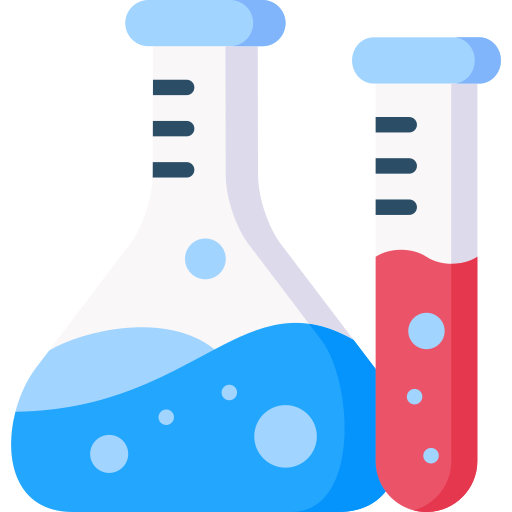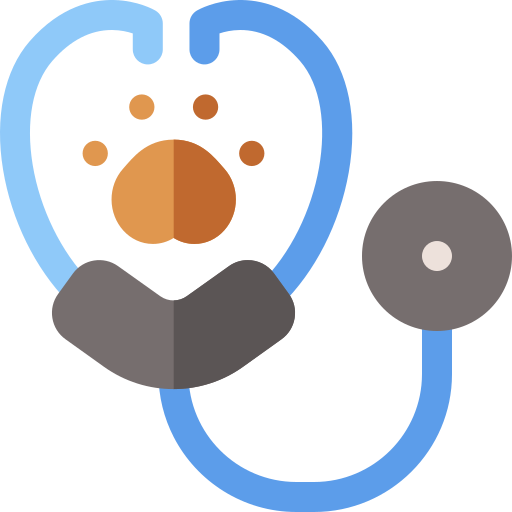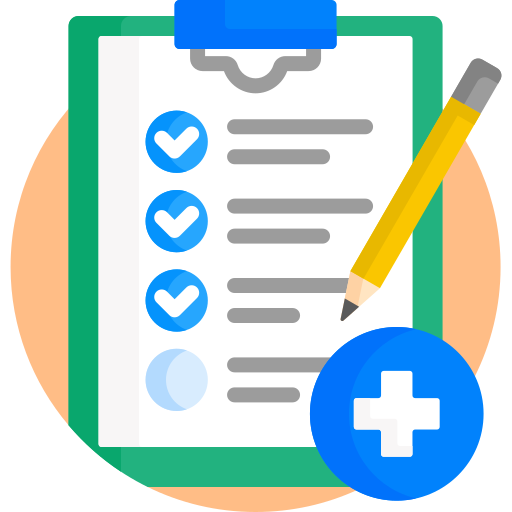Select Location
NCV Upper and Lower Limbs
A nerve conduction velocity (NCV) or NCS Test of all four limb measures the speed of electrical impulses through the nerves in that limb. Also used to identify nerve damage and assess the health of the nerves.
₹2898 (₹3150)
CLINICA DIAGNOSTICS - BARASAT
Address: Noapara Bazar, Krishnanagar Road, Kolkata 700124
CLINICA DIAGNOSTICS - CHAKDAHA
Address: 815 Singher Bagan Road, Joykrishnapur, Chakdah, Nadia - 741222
About NCV Upper and Lower Limbs :
What is NVC?
NVC stands for Neurovascular Compression. It refers to a condition where a blood vessel compresses or irritates a nearby nerve, causing pain, numbness, tingling, or weakness. Neurovascular compression can occur in various parts of the body, including the face, throat, and neck.
The condition can result from various factors, such as anatomical abnormalities, injury, or certain medical conditions. Symptoms of NVC can vary depending on the location and severity of the compression. Treatment options include medications to manage symptoms, surgery to relieve compression, and other interventions such as injections or physical therapy.
Accurate diagnosis and treatment of NVC can help alleviate symptoms and improve quality of life. Diagnosis is typically made through a combination of physical examination, imaging studies, and electrodiagnostic tests. A healthcare provider will work with the patient to develop a treatment plan that addresses their specific needs and symptoms. With proper treatment, many patients with NVC can experience significant relief from their symptoms and improve their overall well-being. Early diagnosis and treatment are essential to prevent long-term damage and promote optimal outcomes.
What is the process of NVC of both Upper and Lower Limbs?
The process of NVC (Neurovascular Compression) of both upper and lower limbs is a comprehensive diagnostic evaluation used to assess the compression of nerves and blood vessels in the arms and legs. Here's an overview of the process:
Preparation
- The patient is asked to remove their clothing and wear a gown.
- The patient is positioned on an examination table.
Physical Examination
- A thorough physical examination is conducted to evaluate the patient's upper and lower limbs, including:
- Muscle strength and tone
- Reflexes
- Sensation
- Circulation
Imaging Studies
- Imaging studies, such as:
- Ultrasound
- MRI (Magnetic Resonance Imaging)
- CT (Computed Tomography) scans
- Angiography
may be ordered to visualize the nerves and blood vessels in the arms and legs.
Electrophysiological Studies
- Electrophysiological studies, such as:
- EMG (Electromyography)
- Nerve conduction studies
may be ordered to evaluate the electrical activity of the muscles and nerves in the arms and legs.
Compression Testing
- Compression testing, such as:
- Tinel's sign
- Phalen's test
may be performed to evaluate nerve compression in the arms and legs.
Diagnostic Injection
- A diagnostic injection of local anesthetic and/or steroid may be administered to evaluate the response to treatment and confirm the diagnosis.
Treatment
- Based on the diagnosis, treatment options may include:
- Physical therapy
- Medications
- Surgery
Follow-up
- Follow-up appointments may be scheduled to monitor the patient's progress and adjust treatment as needed.
The entire process typically takes several hours to complete, depending on the extent of the evaluation and the number of tests ordered.
What is NVC used for?
NVC (Neurovascular Compression) diagnosis and treatment are used for various conditions that involve compression of nerves by blood vessels. Here are some of the key uses of NVC:
- Relieve pain and discomfort: NVC is used to treat conditions such as trigeminal neuralgia, glossopharyngeal neuralgia, and thoracic outlet syndrome, which cause chronic pain and discomfort.
- Improve nerve function: NVC helps to restore normal nerve function and reduce numbness or tingling sensations, which can improve overall quality of life.
- Restore normal muscle function: NVC is used to treat conditions such as hemifacial spasm, which causes involuntary facial muscle contractions, and can help restore normal muscle function.
- Treat various conditions: NVC is used to treat a range of conditions, including trigeminal neuralgia, hemifacial spasm, glossopharyngeal neuralgia, and thoracic outlet syndrome.
- Improve quality of life: NVC helps to improve overall quality of life by relieving pain, improving nerve function, and restoring normal muscle function. By treating the underlying cause of symptoms, NVC can help patients regain control over their lives and improve their overall well-being.
NVC stands for Neurovascular Compression. It refers to a condition where a blood vessel compresses or irritates a nearby nerve, causing pain, numbness, tingling, or weakness. Neurovascular compression can occur in various parts of the body, including the face, throat, and neck.
The condition can result from various factors, such as anatomical abnormalities, injury, or certain medical conditions. Symptoms of NVC can vary depending on the location and severity of the compression. Treatment options include medications to manage symptoms, surgery to relieve compression, and other interventions such as injections or physical therapy.
Accurate diagnosis and treatment of NVC can help alleviate symptoms and improve quality of life. Diagnosis is typically made through a combination of physical examination, imaging studies, and electrodiagnostic tests. A healthcare provider will work with the patient to develop a treatment plan that addresses their specific needs and symptoms. With proper treatment, many patients with NVC can experience significant relief from their symptoms and improve their overall well-being. Early diagnosis and treatment are essential to prevent long-term damage and promote optimal outcomes.
.png)


 91-6292253005
91-6292253005




